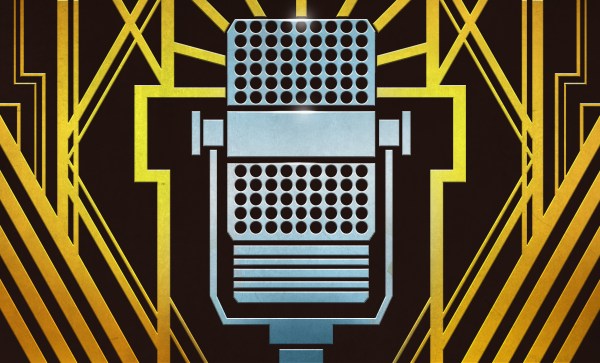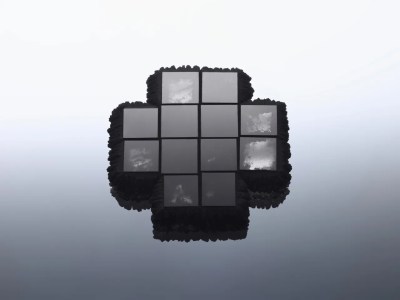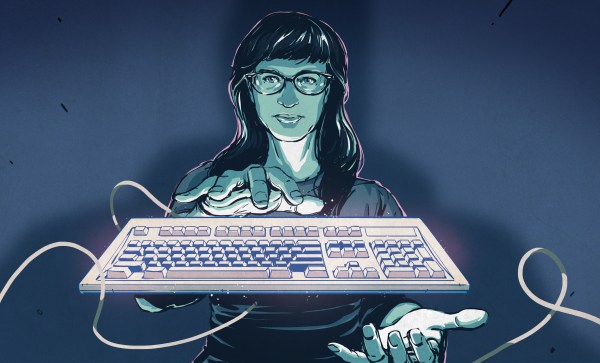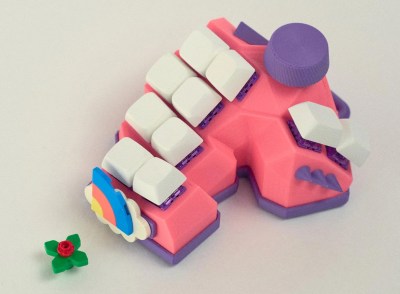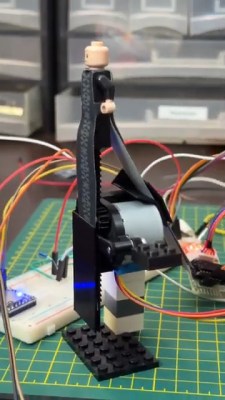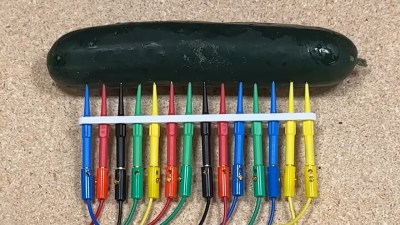This week on the Podcast, it’s Kristina’s turn to bloviate alongside Editor-in-Chief Elliot Williams. First up in the news: our fresh new contest has drawn three entries already! That’s right, the 2024 Tiny Games Challenge is underway. You have until September 10th to show us your best tiny game, whether that means tiny hardware, tiny code, or a tiny BOM.
Then it’s on to What’s That Sound, which sounded familiar to Kristina, but she couldn’t place it. Can you get it? Can you figure it out? Can you guess what’s making that sound? If you can, and your number comes up, you get a special Hackaday Podcast t-shirt.
Then it’s on to the hacks, beginning with a hack to print metal and a way to weld wood, along with a photo-resistor-based, single-pixel camera. We’ll talk desiccants carbon fiber, and Baron Harkonnen. Finally, we discuss the troubles of keeping hygroscopic materials from degrading, and have a klatch about Keebin’ with Kristina.
Check out the links below if you want to follow along, and as always, tell us what you think about this episode in the comments!

